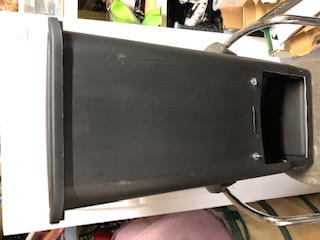
 1
1




 1
1




 2
2




It's never too late to start gardening, and even the smallest project is worthwhile.
 2
2




Logan Byrd wrote:I've been experimenting with indoor composting - just by throwing food scraps into a bag/bottle/bucket and going a bit heavy on carbon (I'm using sawdust), shaking/mixing it daily, it seems to be working well and hasn't had any bad smells or pests. It does have white (and rarely blueish-green) mold, but here's what my oldest bag/compost now looks like.
The only thing I am careful to avoid adding are meats and dairy - while I think they would break down fine, I don't want to risk any bad smells or pests attracted to those.
A build too cool to miss:Mike's GreenhouseA great example:Joseph's Garden
All the soil info you'll ever need:
Redhawk's excellent soil-building series





 2
2




That is a good idea! I don't have anywhere I can burn stuff, but since I'm making compost in small batches, I can buy some aquarium charcoal and add it.Trace Oswald wrote:I would recommend making some charcoal to add as well. It's very simple to make small quantities of charcoal, it will remove any smells, and you will be rewarded with biochar for your garden when it is finished composting.
It's never too late to start gardening, and even the smallest project is worthwhile.
 1
1





 3
3




 4
4





Castaway Compost - Yer Trash be Treasure! castawaycompost.com




Invasive plants are Earth's way of insisting we notice her medicines. Stephen Herrod Buhner
Everyone learns what works by learning what doesn't work. Stephen Herrod Buhner
 2
2





 4
4




Some places need to be wild

|
this tiny ad is a cult leader
The new kickstarter is now live!
https://www.kickstarter.com/projects/paulwheaton/garden-cards
|






